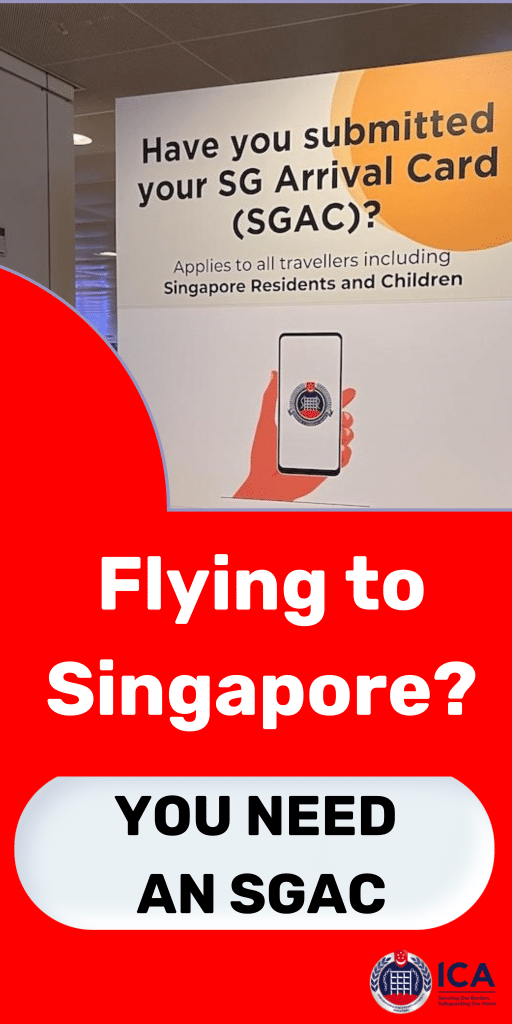Known for its multiculturalism, Singapore boasts vibrant ethnic districts that provide immersive insights into the nation’s Chinese, Malay, Indian and Peranakan influences.
By exploring Chinatown, Kampong Glam, Little India and other heritage neighborhoods, visitors can uncover the rich tapestry of traditions that shape cosmopolitan Singapore. This guide spotlights the top cultural enclaves to soak in Singapore’s diverse heritage.
Chinatown: Heart of Chinese Culture

No trip to Singapore is complete without visiting Chinatown. This lively neighborhood exemplifies the nation’s Chinese roots from the early immigrant traders. In Chinatown, magnificent temples, medicinal shops overflowing with herbs and homages to famed opera singers transport visitors to another time. Don’t miss:
- Strolling down Pagoda Street and Trengganu Street to admire preserved Shop houses mingling with street vendors and bustling modern malls.
- Browsing for souvenirs at the Chinatown Night Market along Smith Street and Trengganu Street. Haggle for the best deals on handicrafts, traditional medicines and street food.
- Appreciating the intricate architecture and detailed carvings of Buddhist Thian Hock Keng Temple, Singapore’s oldest Chinese temple opened in 1842.
- Learning about Singapore’s gritty wartime history at the Chinatown Heritage Centre’s immersive galleries located in three restored shophouses.
- Sampling local Chinese delights like Hainanese Chicken Rice, Laksa, Char Kway Teow and Chilli Crab.
With its heady mix of tradition and modernity, Chinatown brings Singapore’s Chinese influences to life.
Kampong Glam: The Muslim Quarter

To uncover Singapore’s Malay heritage, head to Kampong Glam. Once home to the Malay aristocracy and sultanate, this neighborhood shows Islamic influences through its cuisine, culture and architecture:
- Visit the elegant Masjid Sultan mosque, featuring a curious mix of Eastern and Mediterranean styles. It was commissioned in 1824 by Sultan Hussein Shah and retains royal ties.
- Weave through the shophouses along Bussorah Street, Muscat Street and Baghdad Street to find quirky boutiques, curbside cafes and traditional businesses.
- Learn about the Malay Muslim community at the Malay Heritage Center, housed in a restored palace once home to Malay Sultans.
- Indulge at Arab Street and Haji Lane’s Middle Eastern restaurants, cafes and hookah lounges. Savor satays, hummus, baklava and Turkish coffee against this colorful backdrop.
- Shop for textiles, rattan goods and traditional handicrafts at Kampong Glam’s markets to bring home unique souvenirs.
The sounds of the Islamic call to prayer, spicy scents of rice and curry dishes, and glimpses of traditional textiles transport visitors to another world in Kampong Glam.
Little India: A Touch of South Asia

Little India offers an escape to the sights, sounds and aromas of the Indian subcontinent without ever leaving Singapore. Visitors can explore:
- The Tekka Centre, a lively bazaar providing an array of South Indian goods from spices to gold jewellery to flower garlands.
- Colorfully adorned Sri Veeramakaliamman Temple with its striking Gopuram tower entrance to observe Hindu rituals and prayers.
- Campbell Lane’s shophouse eateries serving up classics like flaky paratha, rich curries and refreshing lassis.
- The Indian Heritage Centre providing interactive exhibits outlining the Tamil community’s influential migration and contributions.
- Mustafa Centre’s bustling department store catering to the Indian community’s diverse commercial needs from electronics to groceries.
From sari shops and Bollywood music to devotees bearing prayers to temples, Little India envelops visitors in the essence of Indian culture.
Peranakan Culture in Emerald Hill

For a uniquely Singaporean cultural experience, a stroll through the upscale Emerald Hill neighborhood offers glimpses into the architecture and traditions of the Peranakans. This community descended from marriages between Chinese settlers and Malay natives blending two cultures into distinctive traditions. Admire:
- Lavishly adorned terrace houses boasting multicolored tiles, stylized plasterwork and stained glass windows drawing from both Chinese and Malay motifs.
- Intricate beaded slippers, embroidered kebayas and sarong skirts at Peter Wee’s handcrafted Peranakan goods store.
- Local Peranakan fare like laksa, otak-otak and kueh pie tee at restaurants dotted around Emerald Hill.
By exploring the hybridized architecture, handicrafts and cuisine of the Peranakans, visitors gain insight into Singapore’s cross-cultural population.
Immerse in Singapore’s Diverse Traditions
Through vibrant cultural enclaves from Chinatown to Little India, Kampong Glam to Emerald Hill, visitors can immerse themselves in the diverse heritage of multicultural Singapore.
By sampling cuisine, shopping local markets and appreciating customs in these neighborhoods, travelers can look beyond the modern skyscrapers to connect with the nation’s rich multi-ethnic traditions.

Zhuang Jia Wen serves as the chief reviewer for Singaporeairport.com, leveraging her passion for travel and aviation.
A native Singaporean, Zhuang draws upon her extensive experience exploring her home country to provide authoritative reviews and travel tips. She holds a bachelor’s degree in tourism management from the National University of Singapore.
Prior to becoming Singaporeairport.com’s review expert, Zhuang worked for five years as a travel agent helping organize personalized itineraries. When not visiting Singapore’s latest attractions, she enjoys cuisine from across the Lion City’s dynamic culinary landscape.
Zhuang hopes her insider perspective helps travelers make the most of their visits to her country.



